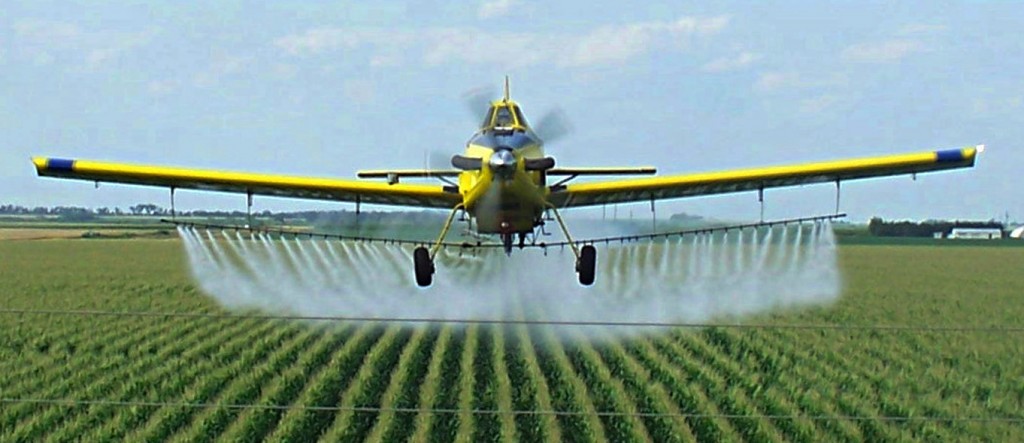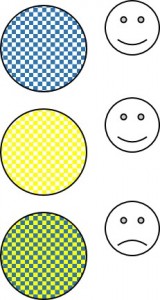More than 25 farmworker, environmental, and food safety organizations sent an open letter on Tuesday to the U.S. Department of Agriculture demanding that the agency investigate reports…

Neonicotinoid
- Home/
- Tag/
- Neonicotinoid/

Pesticides are intended to be harmful. They kill pests, diseases and weeds. But some also harm humans and wildlife. Pesticides are a huge global business,…

Two new studies published in Nature on Wednesday show that neonicotinoid pesticides—or neonics for short—may be even more harmful to bees than previously thought. Those studies, Bees Prefer…

As I wrote about in my last post, bees are capable of learning which flowers offer good nectar rewards based on floral features such as colour,…

Flower strips sown into farmers' fields not only attract bees but increase their numbers, new University of Sussex research has shown. A two-year study of…
